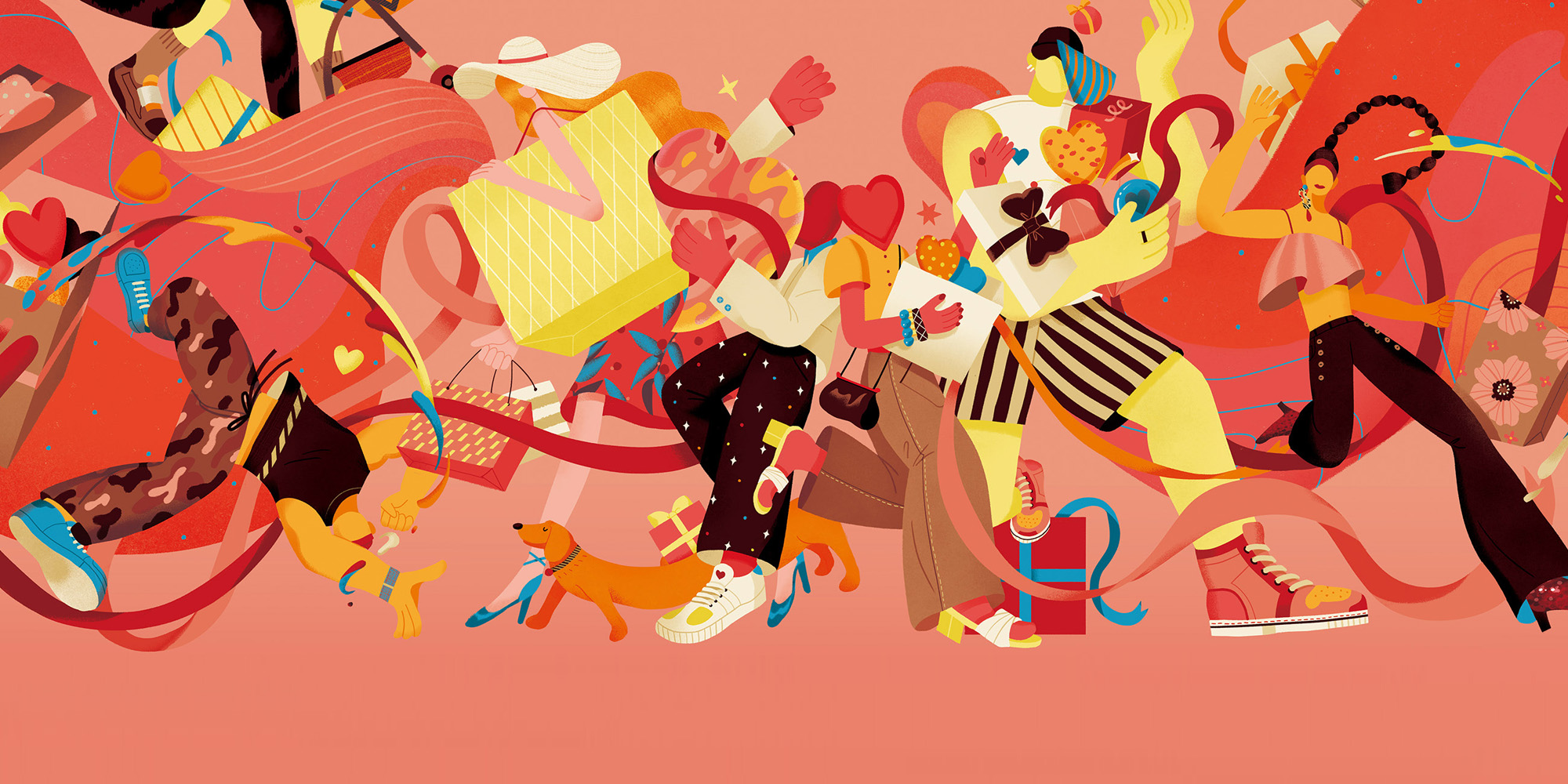The objective is to create a practical tool that provides strategic design direction and empowers our design teams so they can deliver a unified customer experience along each phase of the customer engagement journey. For each product feature or service the user will go through the following phases of engagement Awareness > Consideration > Commit > First Use > Ongoing Use > Evolution > Discontinue. It is important to truly meet the users needs during this lifecycle to build a lasting relationship and create advocacy with the group.
The number of stages with in the framework depends on the nature of the product or service, the user’s purchase process, and how the product or service will be used. The stages may vary and different methods have created different stages (see Fig 1.). Method’s version of a framework differs slightly to the one I’ve outlined above but follows similar principals by outlining the need to engage with users differently across the journey. You can use either method to start your own framework by redeveloping or adding stages to create a customised version for a specific business.
Observations that have had a strong influence on the approach to the Customer Engagement Journey which are helpful to understand the framework. The first observation is that to be an effective tool the framework must be relevant for both business and design. The fundamental aspect of business intent and meaning for brand arising for real world user experience is the foundation on which any framework rests.

We can agree that businesses need to constantly react and plan for creating and delivering value in an always changing environment. This approach to experience design helps to ensure that the strategy, expression and general categories of value are understood and available to the project teams who need to define, design, develop and deliver value to their users. It’s easier to manage a portfolio of related efforts, across the user experience, than it is to make individual bets.
Experience design is based on using the brands core concept as a way to identify and define real value for it’s users. This should be the sole purpose of the business, to deliver products, services and experiences that deliver the value that the brand represents and reinforces the unique brand proposition. But it also means measuring this value from the users’s perspective and continually investigating new areas of value that are natural extensions for both the brand and the user.
Stages of a Simple Customer Engagement Model:
Awareness: The user becomes aware they have a particular need for a product or service, they begin to seek brands that may help them resolve this need.
Consideration: The process of users formalising their exact needs and weighing up alternative options on how to service it. This includes acting on needs but can also include the decision not to do anything, just yet.
Commit: The decision to purchase or select a product or service. This is the final stage of the customer acting on their needs, it usually covers the transaction process up to their first use.
First Use: This is the customer’s first use of the product or service (sometimes called the out-of-the-box experience), where users expectations meet reality.
Ongoing Use: Happens through regular ongoing use and the emergence of new needs (through discovering features or finding gaps in value provided) users then formalise of these needs into actions. Problems may arise that prevent realisation of expected user value (either through product defects or lack of knowledge on how to use the product or service correctly). Users may seek to share their experiences with other users through actions or words (either directly or indirectly).
Evolve: The process of users disposing with a product and the re-engaging with a more suitable service that provides the new value their seek, perhaps through an entirely new product.
Discontinue: The end of a users relationship with a product or service because of obsolescence, business failure, lack of interest or perceived value, or due to changes in their circumstances.
In Summary
By using an engagement framework businesses begin to ensure they are catering for users needs as they shift within the journey. This provides a way for the business and the product designer to both discuss objectives and options. It creates a way for business to invite design into the equation much earlier and to use design to solve problems. It also helps businesses rethink how they engage design partners in ways that are more likely to produce success with less risk.
Source : Medium




